Safe Work Australia is seeking feedback on the impacts of proposed workplace exposure limits for 9 chemicals. The consultation aims to gather information on the economic, social and health impacts of the proposed exposure limit for each chemical.
This policy statement outlines labelling requirements for agricultural and veterinary (AgVet) chemicals under the model Work Health and Safety (WHS) Regulations.
Use this fact sheet if your business makes or supplies alcohol-based hand sanitisers during the COVID-19 pandemic.
This poster shows the labelling information required for hazardous chemicals in each hazard class in the Globally Harmonized System of Classification and Labelling of Chemicals (GHS). You must label hazardous chemic
If you are a person conducting a business or undertaking and you store, handle or use hazardous chemicals, you must put up signs to let workers and visitors know about the dangers of the hazardous chemical.
Hazardous chemicals can be dangerous if they are not properly managed.
A carcinogen is something that can cause cancer. Find out about carcinogens – what they are, how to identify them, and which ones are prohibited or restricted for use in the workplace.
If you work with hazardous chemicals, you must store them correctly to keep people safe. You must make it clear where you’re storing chemicals with signs and labels.
Almost every hazardous chemical will require Safety data sheets (SDS).
Labels on hazardous chemicals identify hazards and give instructions on how to use them safely. The following pages will tell you if you need to prepare labels for hazardous chemicals, the information that must be on the labels and when WHS labelling for hazardous chemicals is not required.
Chemicals are any substance that has a defined composition. The information provided here relates to manufactured chemicals and how to manage them.
Australia uses the Globally Harmonized System of Classification and Labelling of Chemicals (GHS) to classify and label chemicals.
Australia uses the Globally Harmonized System of Classification and Labelling of Chemicals (GHS) to classify and label chemicals.
Australia uses the Globally Harmonized System of Classification and Labelling of Chemicals (GHS) to classify and label chemicals.
Use this information sheet if you manufacture or import agricultural and veterinary (AgVet) chemicals.
It includes changes to work health and safety (WHS) labelling requirements for AgVet chemicals.
Use this information sheet if your business uses, handles or stores agricultural and veterinary (AgVet) chemicals.
This model Code of Practice guides you on how to correctly label hazardous chemicals used in the workplace.
Use this Code of Practice if you make, import, supply or use hazardous chemicals.
This model Code of Practice guides you on how to develop a safety data sheet for a hazar
This fact sheet will help you understand:
